
I and the Bird is a “compendium of blog writing about wild birds and bird watching” according to its founder Mike Bergin of 10,000 Birds. But it is much more than that. It is a celebration of the best bird blogging on the net today. A place where we can discover other folks that share our interest in nature, birds and conservation.
I think that many of us begin as bird watchers and nature lovers and grow into conservation minded individuals that can make a real difference in our environment. I also believe that just as blogging, facebook and twitter have changed the political landscape around the world, these same entities can change the physical landscape we live in by bringing people together and motivating them to develop or support organizations that work toward saving our environment and the biodiversity it supports.
I urge everyone to support at least one organization that supports these concepts. You can start with your local wildlife rehabilitation organization if you have one in your area. These are people who work tirelessly to save many of our injured and orphaned birds as well as other wildlife that often are harmed by human activity. Cases in point, a Great Blue Heron caught in mono-filament fishing line told by Michelle at Ramblingwoods. And the release of a good luck Oriole by Amy, author of the Magnificent Frigatebird.
For literally pennies a day, you can join the 10,000 Birds Conservation Club supporting conservation projects and giving you back gifts in exchange simply for taking action. If you want to make a huge difference in a global sense, you can look into Birdlife International, “a global partnership of conservation organizations that strives to conserve birds, their habitats and global biodiversity, working with people towards sustainability in the use of natural resources.”
These are just a few suggestions and some of the organizations that I support for our bird populations. At the end of this post I will ask you to help me and my friend (I met through blogging) Scott Artis as we try to save the Western Burrowing Owl through a new organization Scott founded, the Burrowing Owl Conservation Network. It is a huge effort to educate the public about this beautiful, dwindling raptor and all I will ask is a little of your time and effort to pass along our message across the internet.
I think it is important to know something about our fellow bloggers and have added links to the “about me” pages of the contributors to this edition of I and the Bird. I have set this post up so that if you click on a bloggers name, their about me page will open in a new window, click on their post and it will open in this window, making it easy to come directly back to this page to read the next post. There are some great stories here and I urge you to share them on facebook, twitter or any other social media you regularly use.
Dawn Fine of Dawn’s Bloggy Blog, the person who has probably put more bird bloggers, tweeters and chirpers together for fun events than anyone I know, shows us how much fun it is to get together with fellow Birders who Blog Tweet and Chirp as they bird the Charlestown Breachway.
Amila Salgado of Gallicissa shares a trip to Sinharaja rain forest with the Field Ornithology Group of Sri Lanka. If you’ve never seen a Serendip Scops Owl, you don’t want to miss this post.
Jill Wussow, AKA Johnny Nutcase (I think that tells us something about Jill right there) shares an absolutely amazing encounter with her good friends from her blog, Count Your Chicken! We’re Taking Over! I am green with envy!
Amber Coakley, who, among other conservation minded things, runs a Challenge for Charity on her blog, Birder’s Lounge (I happened to win the $10 prize for my charity this month!), has recently been watching Baltimore Orioles, and she’s not talking baseball!
Eva Matthews shares with us her recent participation in the North American Migration Count in Green Cay from her blog, The Flying Mullet.
David Ingram‘s Natural History Blog treats us to some beautiful photos of Red-necked (foul weather) Phalaropes while noting the importance of considering bird behavior when out photographing birds.
Mike Bezner points out the differences between the male and female Mallard this time of year as he astutely observes ducks on the pond from his blog, Slugyard.
Dreamfalcon, created by Natalie Raeber shares some interesting facts that this birder was unaware of in her post about a white (Mute) Swan.
Y C Wee, founder of the Bird Ecology Study Group of Singapore, brings us a post submitted by Tou Jing Yi revealing the sleeping behavior of the Common Tailorbird
Grant McCreary, host of the previous I and the Bird and author of Birds On The Brain delights in explaining his new birding superpower and gives a review of the Field Guide to the Birds of Columbia from his Birder’s Library.
You can get a taste of John Briggs‘ excellent bird photography at his blog, Birding In Maine, as he shows us a Chipping Sparrow feeding its young.
Eddie Callaway and Gang, authors of Birdfreak and hosts of Bird Photography Weekly share a review of Feeding and Identifying Birds from Peterson Guides and Bird Watcher’s Digest!
From down under, Mick gives us a look at mullens in sunshine from her blog, Sandy Straits and Beyond, getting some great looks at Red-capped Plovers.
Vickie Henderson is an amazingly talented birder who shares her talents from her blog Vickie Henderson Art. For this edition of IATB she tells us about Ruby-throated Hummingbird migration.
The contribution from 10,000 Birds this week is from Corey Finger who witnessed an incredible feeding frenzy at Jamaica Bay.
Jan Axel, author of Jan Axel’s Blog, gets a bit of colour at the beach in Panama where Terns, Ruddy Turnstones and American Oystercatchers brighten up the day.
Rob Ripma of the Nutty Birder shows off the migrating birds and butterflies at Eagle Creek, including a Yellow-billed Cuckoo and a Black-throated Green Warbler!
We all know of the extraordinary number of bird species found in Costa Rica. Well over 850. Pat O’Donnell found the country so compelling that he moved there where he brings us updates on birding at the Quebrada Gonzalez ranger station.
Can you imagine coming home and finding a Green Heron sitting on your deck rail? Wren, author of Wrenaissance Reflections, tells us her tale in my world surprise!
Not only does Ken Schneider show us his great bird photos on his latest romp through Rosyfinch Ramblings, he concludes his story with a three Bobcat morning.
It is always a treat to hear from the newly transplanted Bob Kaufman over at Two Birders To Go. Having recently moved from southern California to the Philippines, you never know what he’s going to come up with. This week the Eagle has landed.
Speaking to all of us about birding responsibly, the Zen Birdfeeder’s Nancy Castillo wonders, did she save the jay but hurt the hawk?
Ian Coleman is Quantum Tiger Wildlife Photography with gorgeous photos of Pembrokeshire birds of prey.
Almost last, but definitely not least, one of my favorite bird bloggers is Kelly Riccetti, author of Red and the Peanut. She not only has a way with words but her photographs are beautiful. Take a look at these Savannah Sparrows on Goldenrod and tell me what you think.
At the top of this post, I promised to ask you for help supporting our fight to save the Western Burrowing Owl, Athene cunicularia hypugaea.
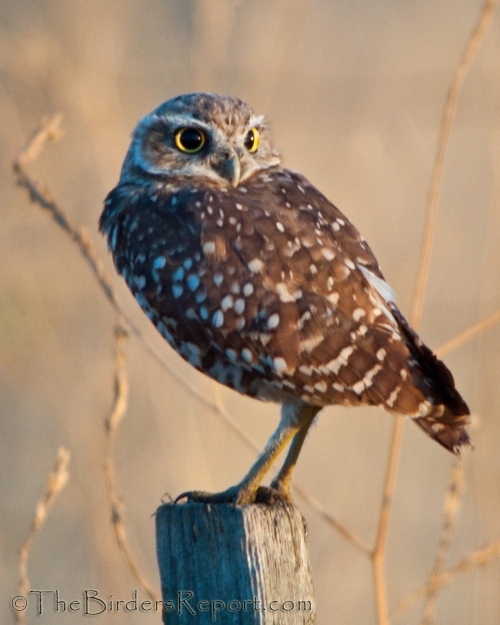
This is my “spark” bird. The bird that got me into birding. Here is my post from nearly a year and a half ago, will Burrowing Owls survive in North America?
We still don’t know. Read my friend Scott Artis‘ most recent post, California’s Burrowing Owl Stronghold Witnesses Stunning Decline from JournOwl.
If you have a facebook account, please consider joining our cause to Save the Burrowing Owl and sending out invitations to all your facebook contacts to do the same. If you are a twitter user, tweet our posts on Burrowing Owls. We need to spread the word about the condition of this species before they are so badly diminished that they are listed as endangered species. For more information go to the Burrowing Owl Conservation Network and find out how you can help. In the interest of disclosure, I am a staff member of this organization in charge of habitat management.
I hope you enjoyed this edition of I and the Bird. The next edition, will be hosted by Rob Fergus at the Birdchaser. Get your submission in to Rob by October 12th for the October 14th edition.

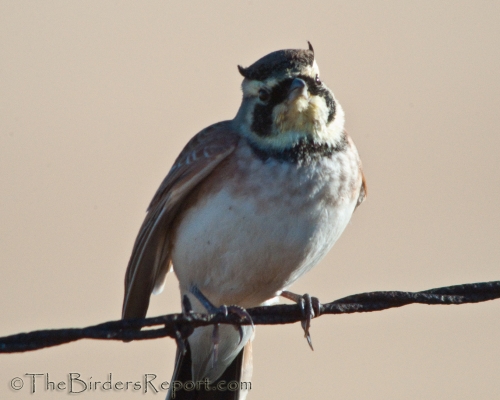
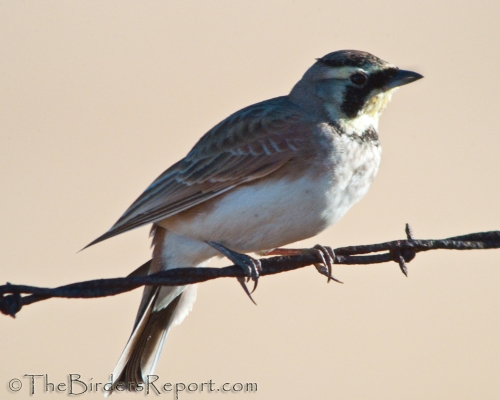
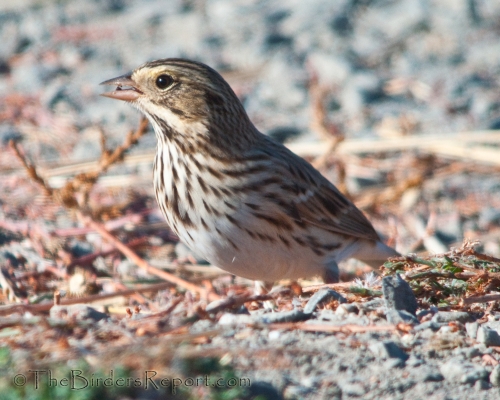
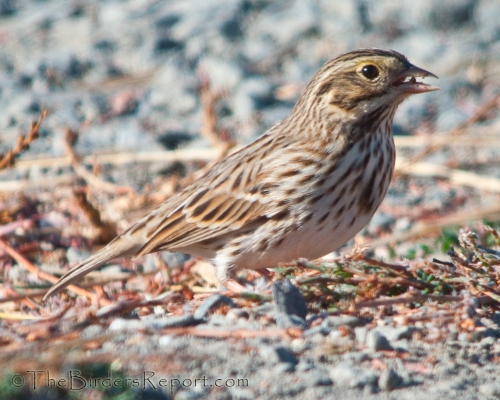
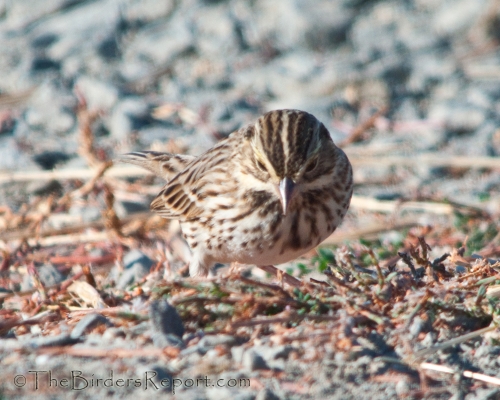
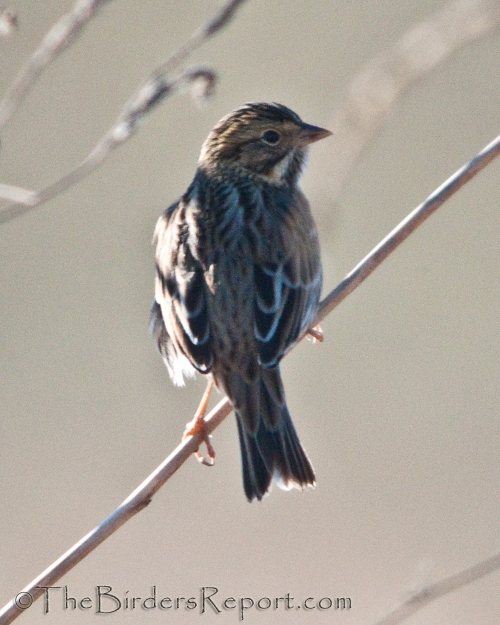


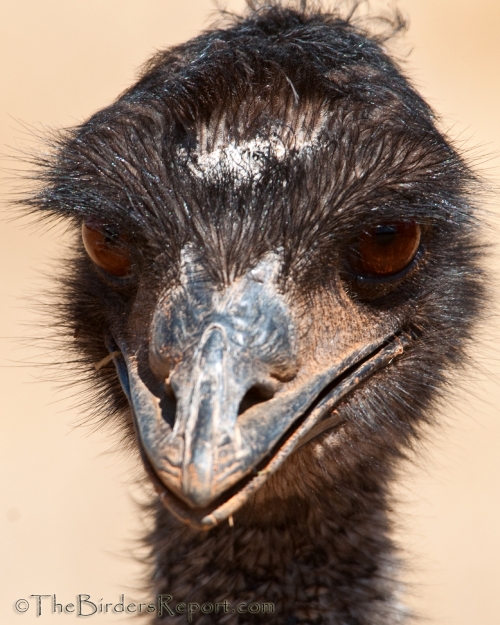
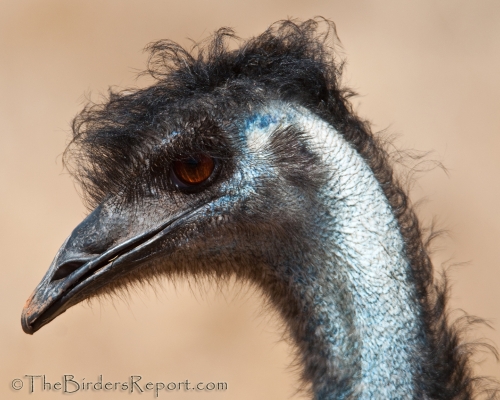
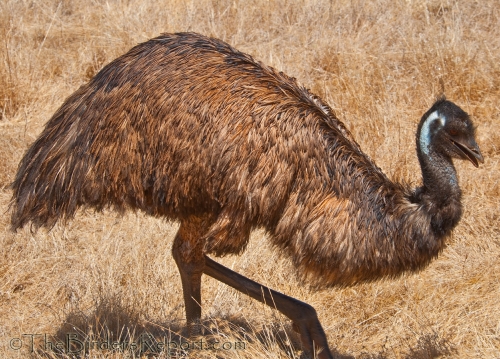
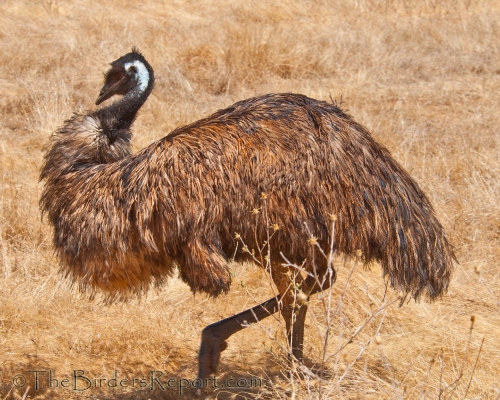
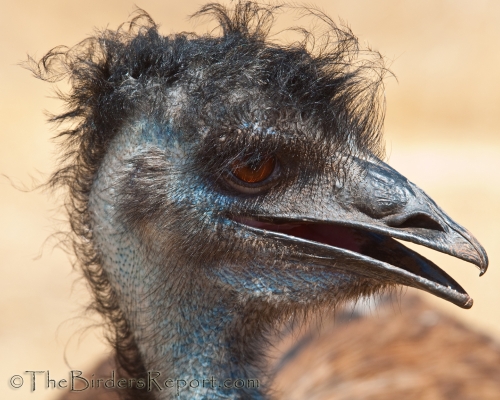



Social Media Connect